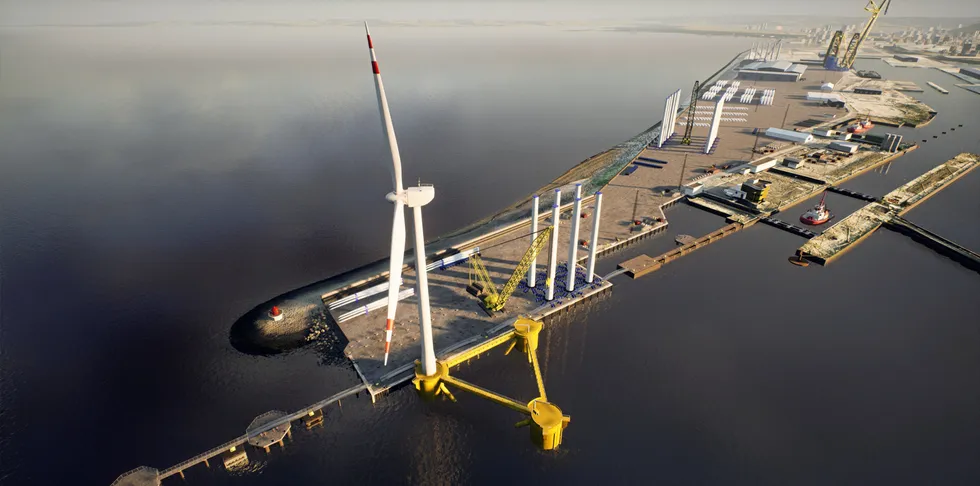Floating wind-tailored ports could uncork $25bn for Scottish industry but 'time of the essence'
Government-backed independent report finds seeding investment via 'ports cluster' would create conditions for rapid shift from offshore oil & gas-focused manufacturing into renewables inside the decade
